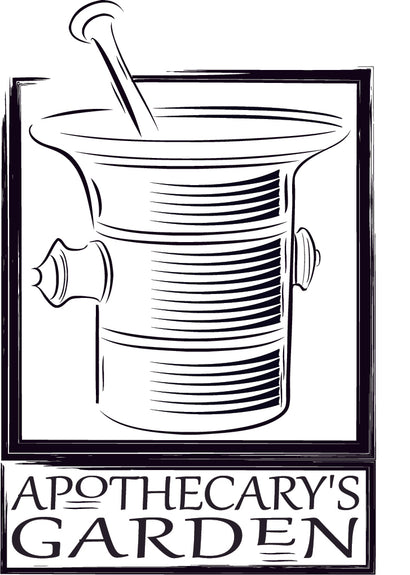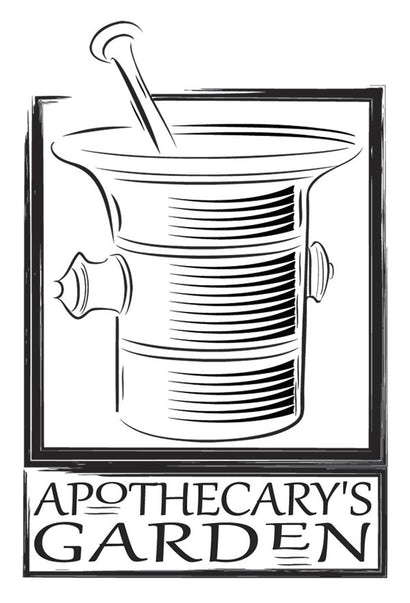
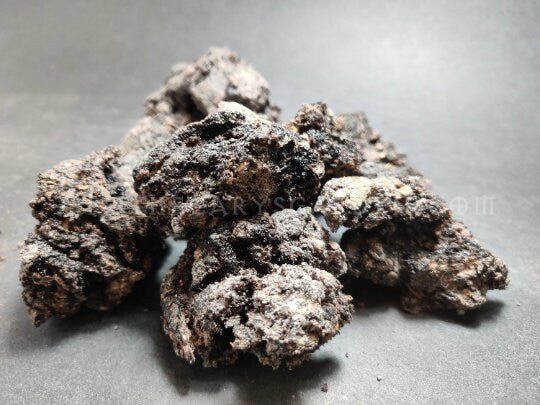
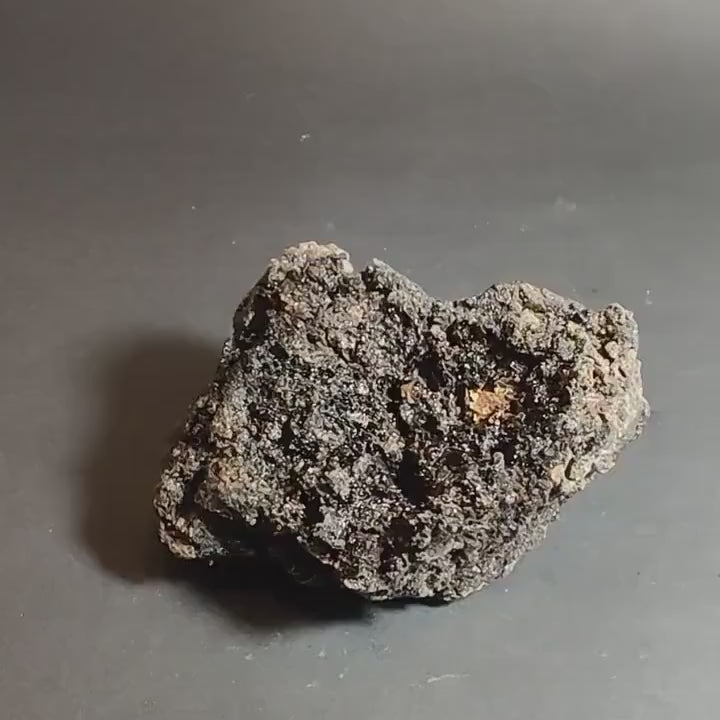

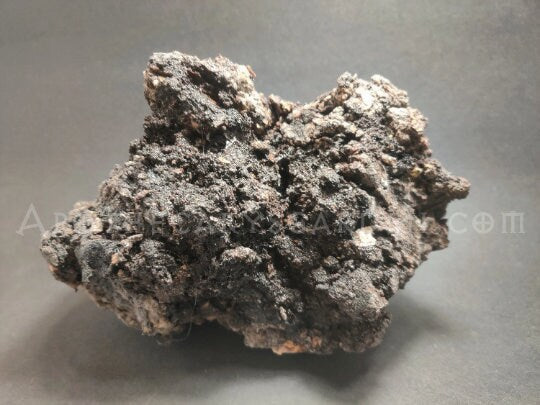
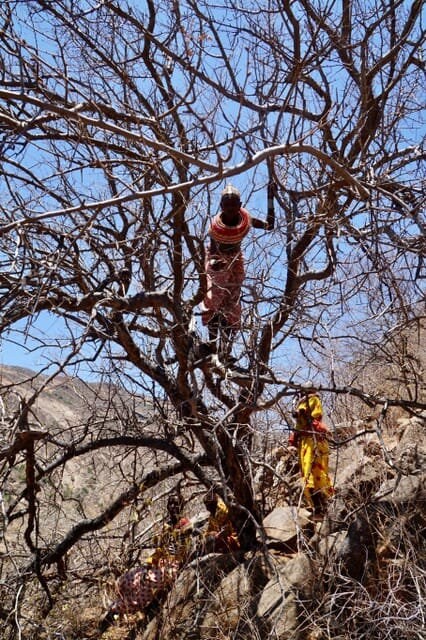
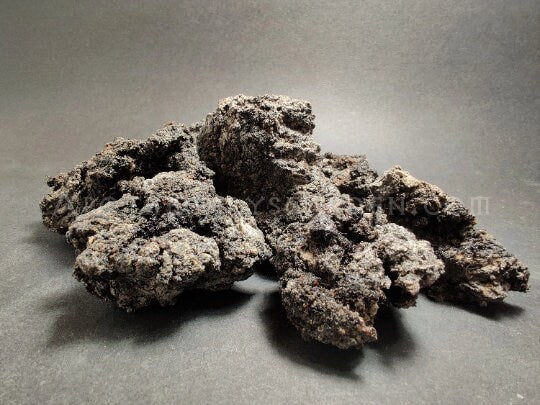
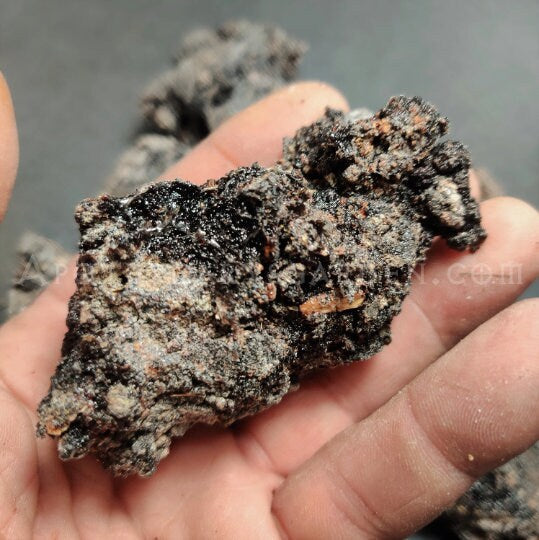
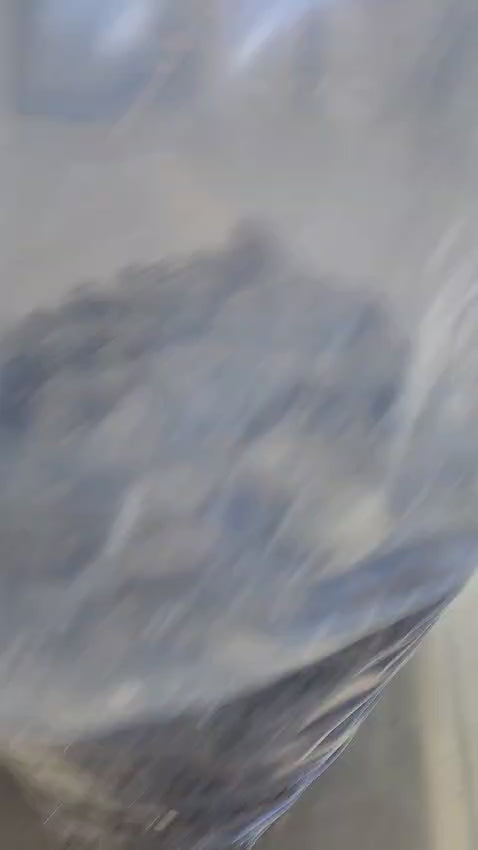
Frankincense Neglecta, Fresh!
This is fresh Frankincense Neglecta resin that I bring directly from the women of the Samburu tribe in Northern Kenya.
This is the first shipment of co-op harvested resins from the Samburu women and hopefully the beginning of a long and fruitful relationship.
All we need now are customers to support this project. We have 2 very special wholesalers who have a passion for fair trade and sustainability and are ready to deliver these resins to distillers and retailers in North America and in Europe.
This Frankincense Neglecta resin is fresh and fragrant, full of essential oil that can easily be distilled. It is sustainably harvested and fairly traded.
As some of you know, in 2016 I set out on my African aromatics tour. (https://apothecarysgarden.com/2016/01/26/the-african-fair-trade-frankincense-and-myrrh-tour-2016/).
The motivation behind this trip was to facilitate sustainability and fair trade of medicinal/fragrant resins from the Horn of Africa. Early 2016 I spent a week and a half in remote, (hot), Samburu County sourcing native resin bearing Frankincense and Myrrh trees and initiating a fair trade platform for the semi-nomadic, pastoralist women of the Samburu tribe in North Eastern Kenya.
In the Samburu tradition, the men hold most of the wealth in the form of cattle, sheep, goats and camels. The women do much of the work with little to no monetary return. Many women collect resins and bring them to market every week or two. This gives them their income to purchase medicine and food.
Cutting out the middlemen from the supply chain ensures the women a reliable and fair return for the resins they collect.
Though Frankincense and Myrrh trees are abundant in their area, the women do not tap or injure the trees to increase yield as is often the case in other areas and with other resin-bearing trees.
Harming nature is frowned upon and contrary to their belief system and their reverence for their Nature Goddess, N'gai. The Samburu only collect the resins that form due to incidental injuries from goats and Baboons who find the bark of Boswellia Neglecta delectable and elephants who casually trample trees like matchsticks as elephants tend to do. In fact it is believed these trees and some other frankincense and Myrrh species cannot be tapped due to their thin bark and different physiology.
The Samburu women collect both a light and a dark Frankincense Neglecta resin. Yes! I had to see this for myself and it is true!! Initial injury generates a clear sap that hardens translucent and light golden.
Very little clear resin is available from the trees compared to the dark resin.
Like all its brothers, Frankincense Neglecta is ruled by the Sun from an astrological point of view.
Burned as incense helps cleanse a space and create a sense of sacredness.
Sometimes called "Dakar", the aroma of Frankincense Neglecta, though unmistakably that of Frankincense, stands out with clean, crisp, sweet, earthy notes, reminiscent of our northern Balsam Fir trees.
This unusual type of Frankincense has been used locally for generations as a sacred incense and medicine.
A calming oil infusion is easy to make with a bit of resin and some warm olive oil. Here are instructions for making your own Heartsease oil-https://apothecarysgarden.com/2014/07/30/how-to-make-a-whole-extract-of-frankincense-and-other-oleoresins/?wref=tp
As all types of Frankincense, this oleoresin makes an exceptional incense for the home and ritual.
For more information on Frankincense Neglecta, a recipe and instructions on how to make your own Frankincense Neglecta cough and chest oil, please see my post-http://apothecarysgarden.com/2013/10/09/frankincense-oil-cough-cold-chest-rub-recipe/
Dan
